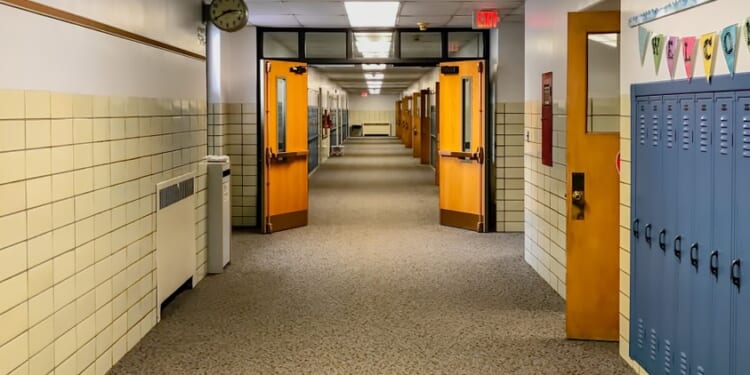Last week, I had the pleasure of speaking with a parent who wanted to know what schooling options were available for his son. Before I could answer his question, I first asked where he lived. He replied that his son was zoned for a school district in western St. Louis County. When he told me that, the list already forming in my head sadly got shorter.
What Is Off Limits?
As Show-Me Institute analysts have written about extensively, Missouri parents have fewer public schooling options than families in many other states, including many of our bordering states. First, Missouri does not have a cross-district open enrollment program. This means that the man I spoke with cannot have his son attend a public school outside of his zoned district unless another district chooses to accept him and he pays the tuition set by the new district.
Next, since he is zoned to attend a school district in western St. Louis County, charter schools are also off limits. Charter schools currently only exist in the City of St. Louis, Kansas City, and Normandy. Why is this the case? Charter schools require sponsors, and for accredited districts, the local school board must approve the charter school to operate. This has never happened in Missouri—the requirement of local school board sponsorship has essentially acted as a ban on charter operations in most of Missouri. And without open enrollment, no one outside of a charter school’s local district can enroll. In other states, schools like the Arizona Autism Charter School attract parents from far and wide.
The Good News
After these options were crossed off, the family is left with the options of the local public school district, a private school, or homeschool.
Private schools charge tuition, but thankfully, Missouri has an education savings account (ESA) program—MOScholars—that can help meet some of those costs for interested families. If the student has an Individualized Education Program (IEP), or if the student’s family household income is less than 300% of the federal poverty level, the student is eligible for a scholarship that can be used for private school tuition. However, the program is capped at $75 million in total funding. That means that even if a student qualifies, there may not be enough money for every eligible applicant to actually receive a scholarship. (If you are interested in MOScholars, you can learn more here.)
Unfortunately, there are not many choices available to the parent who reached out to me, and there is no choice at all when it comes to public schools. This is true for most Missourians. The Show-Me State needs more public options for our students and families. Next year, when someone asks me a similar question, I want to have a better answer.










